In the realm of vivarium setups, ensuring a comfortable and hygienic environment for your pet is paramount. The concept of a vivarium animal toilet may seem unconventional at first glance, but it serves as a vital component in maintaining cleanliness and overall well-being. Contrary to traditional litter boxes, these specialized toilets offer a unique solution tailored to the needs of reptiles, amphibians, and other small creatures inhabiting vivariums.
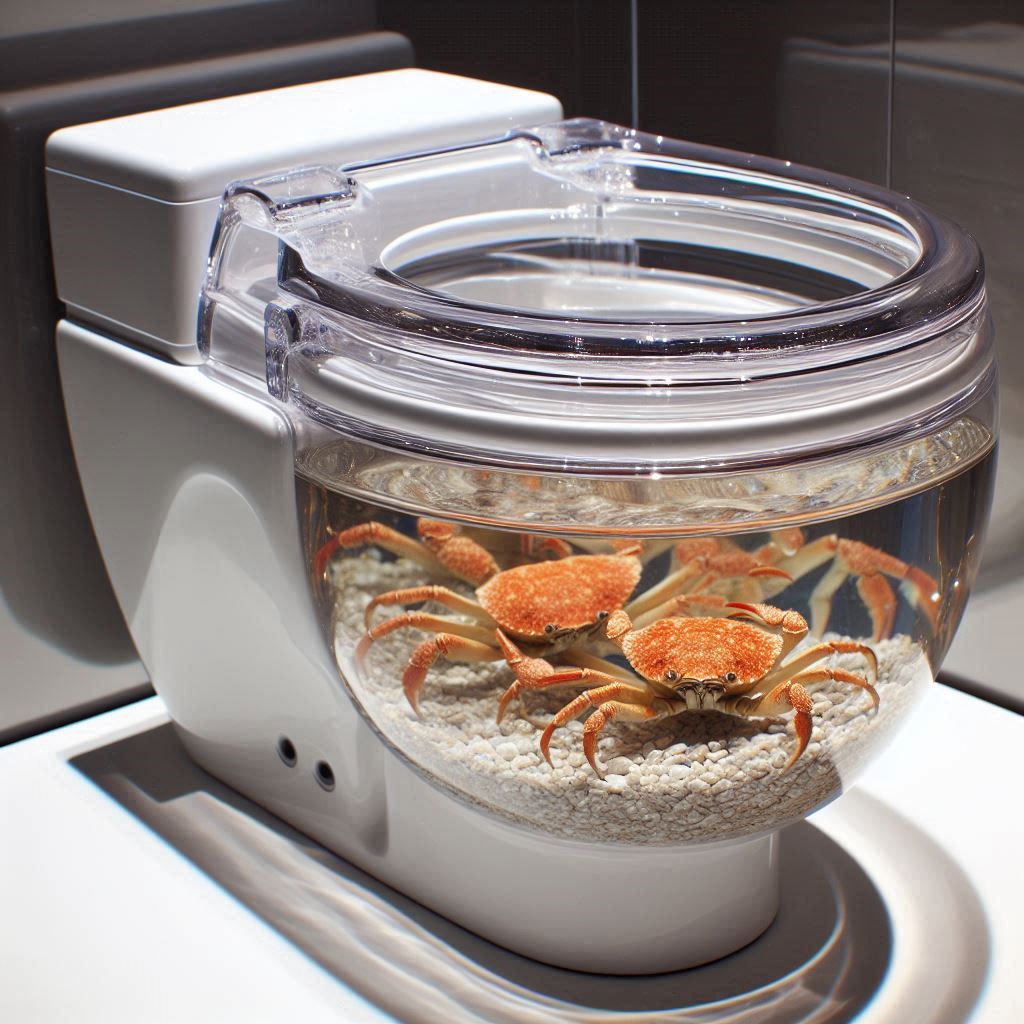
Understanding Vivariums
Basics of Vivariums
Vivariums are enclosures designed to replicate natural habitats for animals or plants. They provide a controlled environment. The key components for a vivarium setup include substrate, lighting, heating, ventilation, and humidity control. Different types of vivariums exist, such as terrariums for land-dwelling species and aquariums for aquatic creatures.
Nature balance is crucial in vivarium ecosystems to ensure the well-being of the inhabitants. Plants and animals play essential roles in maintaining this balance by creating oxygen, absorbing carbon dioxide, and recycling nutrients. A balanced vivarium environment promotes healthy growth and behavior among the inhabitants.
Importance of Nature Balance
Nature balance directly impacts the overall health and sustainability of vivarium ecosystems. When plants and animals coexist harmoniously, they create a self-sustaining system that mimics natural habitats. The presence of beneficial bacteria helps break down waste materials, contributing to a cleaner environment.
A balanced vivarium environment offers numerous benefits, including improved air quality due to increased oxygen production by plants. It also provides a naturalistic setting that reduces stress levels in animals and enhances their overall well-being. Maintaining nature balance helps prevent the overgrowth of algae and harmful bacteria in the enclosure.
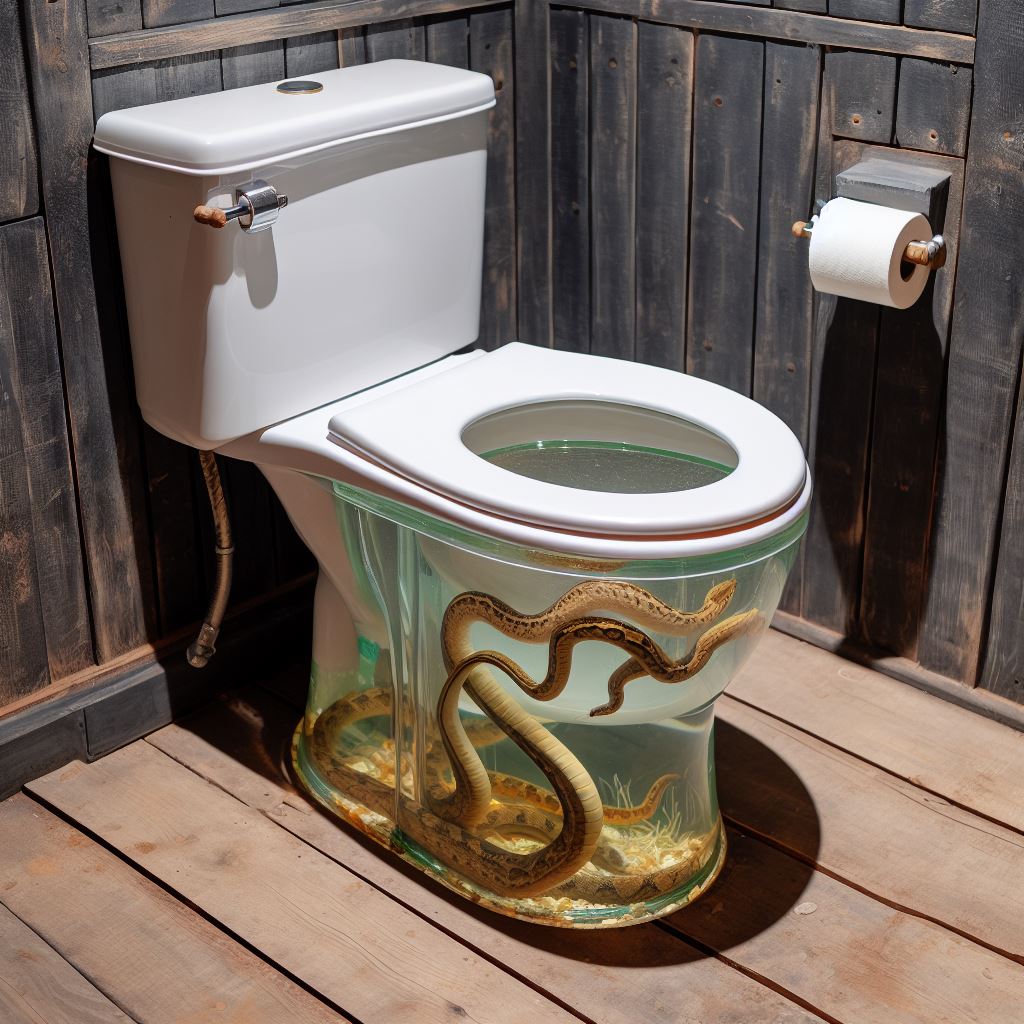
The Role of Animal Toilets in Vivariums
Why Toilets Matter
Animal toilets play a crucial role in maintaining cleanliness and hygiene within vivariums. Proper waste management is essential to prevent the spread of diseases and ensure a healthy environment for the animals. Neglecting animal toilets can lead to health issues among the inhabitants and compromise the overall well-being of the vivarium.
In vivariums, waste accumulation can have detrimental effects on both animal health and the surrounding environment. Contaminated substrates or stagnant water in toilets can harbor harmful bacteria, posing a risk to the animals’ health. Moreover, inadequate waste disposal can result in foul odors and pest infestations, affecting the overall vivarium ecosystem.
Maintaining clean animal toilets is paramount for ensuring the well-being of vivarium inhabitants. Regular cleaning and sanitation help prevent bacterial growth and maintain a healthy living environment for the animals. Proper waste management practices also contribute to reducing stress levels among animals, promoting their overall health and longevity.
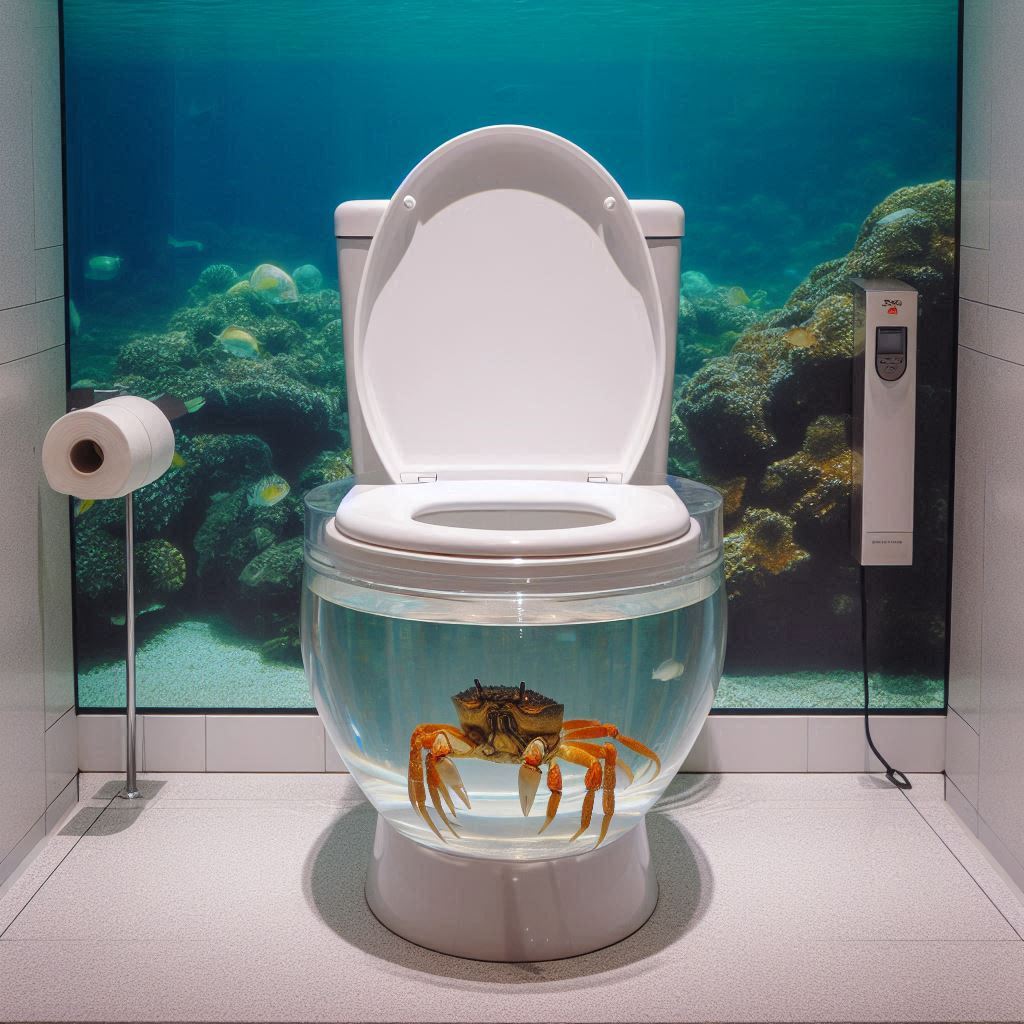
Types of Animal Toilets
In vivarium setups, various types of animal toilets are available to cater to different species’ needs. Some common options include corner litter boxes, gravel trays, and shallow water pools. Each type of toilet serves a specific purpose based on the animals’ natural behaviors and preferences.
-
Corner litter boxes: Ideal for small rodents and reptiles, these toilets mimic natural burrowing instincts.
-
Gravel trays: Suitable for amphibians and certain reptiles, providing a substrate that aids in waste absorption.
-
Shallow water pools: Essential for aquatic species like turtles and frogs, offering a designated area for waste elimination.
Comparing the pros and cons of different animal toilet options helps vivarium keepers choose the most suitable one for their setup. While corner litter boxes promote natural behaviors, they may require frequent cleaning due to odor buildup. Gravel trays offer excellent absorption properties but need regular maintenance to prevent bacterial growth.
Understanding how different types of animal toilets cater to specific animal needs is crucial for creating a harmonious vivarium environment. By selecting the appropriate toilet option based on the species’ habits, vivarium enthusiasts can ensure optimal waste management practices while promoting the well-being of their beloved animals.
Setting Up a Vivarium Toilet
Choosing the Right Spot
When setting up animal toilets in vivariums, consider factors like proximity to the animals’ living areas. Positioning them close ensures easy access for both you and the animals. Ideal locations are where maintenance won’t disrupt the animals’ daily routines.
Toilets should be placed in spots that facilitate regular cleaning, ensuring a hygienic environment. The ideal conditions for toilet placement include areas with good ventilation and away from direct heat sources.
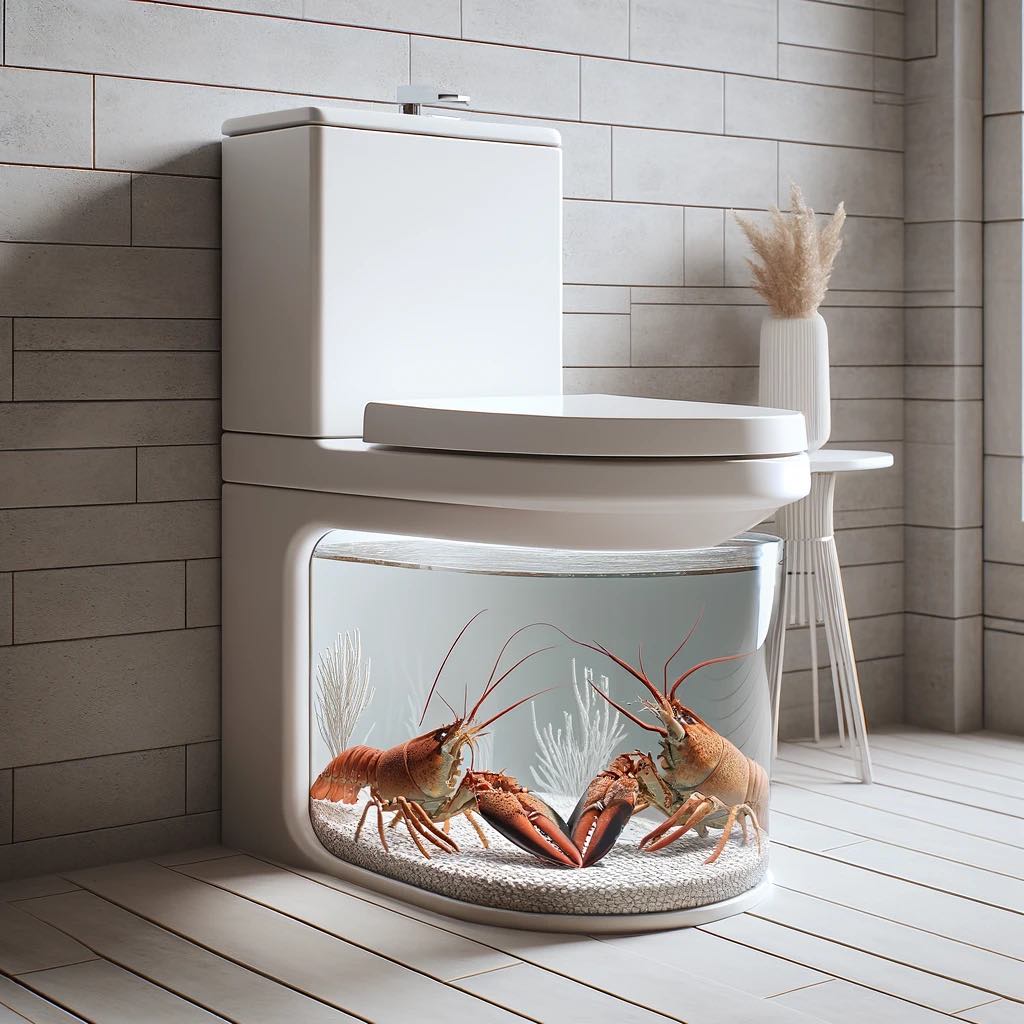
Toilet Design Options
Explore various design options for animal toilets to enhance both functionality and aesthetics within vivariums. Creative designs can include different shapes, sizes, and materials tailored to suit specific animal needs. Consider incorporating natural elements like branches or rocks to mimic their natural habitat.
Customizing toilet designs based on animal preferences is crucial for encouraging their use. For example, some animals may prefer open-top designs, while others might feel more comfortable with enclosed spaces for privacy. Aesthetically pleasing designs can blend seamlessly into the vivarium environment.
Enrichment Through Toilets
Lizard Enrichment Techniques
Lizard enrichment is crucial for keeping these reptiles mentally stimulated and healthy. By providing various activities, you can enhance their overall well-being. Introducing new objects or changing the vivarium setup regularly can prevent boredom and encourage natural behaviors. Incorporating climbing structures, hiding spots, and different textures in the environment promotes physical activity and mental engagement.
Creating a stimulating environment in vivariums involves providing opportunities for lizards to explore and interact with their surroundings. Adding live plants not only improves air quality but also offers hiding spots and visual stimulation. Utilizing branches or rocks for basking areas mimics their natural habitat, promoting thermoregulation and overall comfort. Rotating toys like balls or puzzles can challenge lizards mentally, preventing stress and promoting cognitive development.
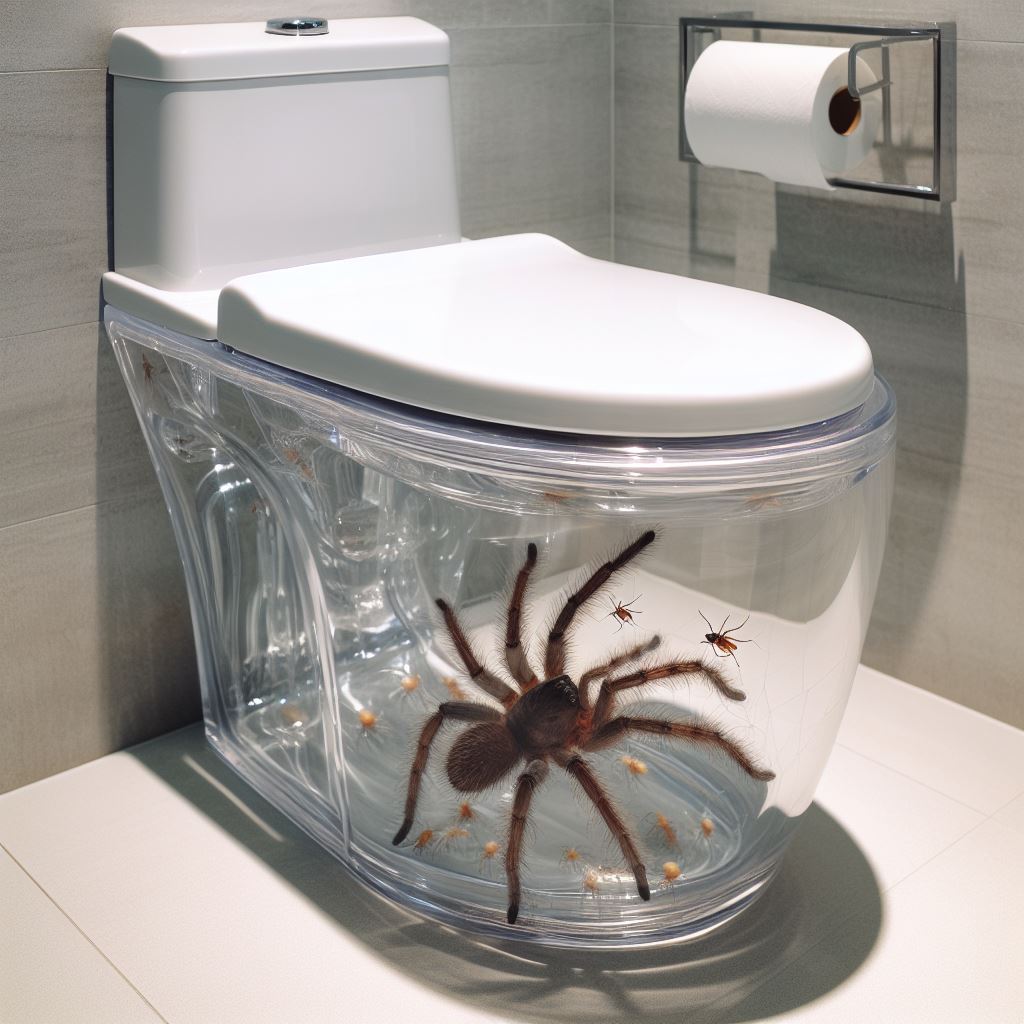
Tailored Activities for Lizards
Tailoring enrichment activities to suit specific lizard species is essential for their well-being. For arboreal species like chameleons, incorporating vertical elements such as branches or vines encourages climbing and exploration. Ground-dwelling lizards like bearded dragons benefit from tunnels or burrows to simulate digging behavior. Providing a variety of prey items for hunting games helps stimulate their natural instincts while ensuring a balanced diet.
Interactive games play a vital role in promoting lizard engagement and mental stimulation. Hide-and-seek activities using food rewards encourage problem-solving skills and enhance their hunting abilities. Puzzle feeders that dispense treats when manipulated by the lizard promote physical activity and cognitive development. Incorporating sensory experiences like different textures or scents enriches their environment, keeping them engaged and curious.
Maintaining Your Vivarium Toilet
Cleaning Routines
Establish a regular cleaning schedule to keep animal toilets in optimal condition. Consistent maintenance is crucial for the well-being of your pets and the cleanliness of their habitat. Use a mild disinfectant to wipe down surfaces and remove any waste buildup.
Effective cleaning techniques involve removing waste, changing substrate regularly, and disinfecting surfaces. By maintaining cleanliness, you prevent bacteria growth and ensure a healthy environment for your animals. Consider using vinegar or specialized vivarium cleaners for thorough sanitation.
Safe cleaning products are essential for vivarium sanitation to avoid harming your pets. Opt for natural solutions like vinegar or commercial reptile-safe cleaners. Harsh chemicals can be toxic to animals, so always prioritize their safety when selecting cleaning agents.
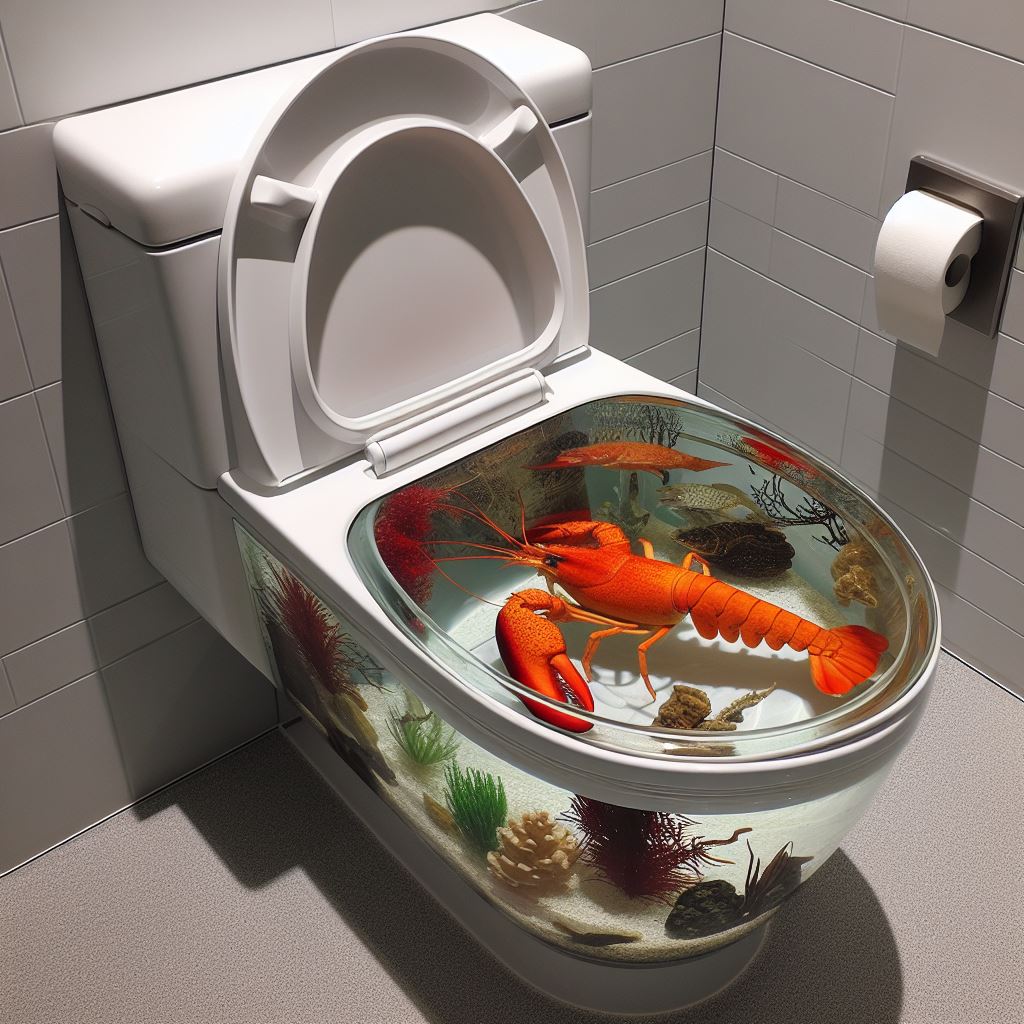
Monitoring Health Through Waste
Waste inspection serves as a valuable tool to assess the health of your animals. Abnormal waste patterns may indicate underlying health issues that require attention. By observing changes in feces consistency or color, you can detect potential illnesses early on.
Identifying abnormal waste patterns in lizards involves monitoring urates, feces, and overall waste frequency. Any deviations from normal waste output should prompt further investigation into your pet’s health. Regularly check for signs of diarrhea, blood in feces, or unusual odors.
Waste monitoring plays a crucial role in assessing the well-being of your pets. By observing their waste output daily, you can track their digestive health and overall condition over time. Any significant changes in waste patterns should be promptly addressed by consulting a veterinarian.
Balancing Nature and Necessity
Implementing a Balanced Approach
To maintain a healthy vivarium ecosystem, strategies must be in place to ensure balance. Incorporating natural elements like live plants can aid in waste management and provide hiding spots for animals. Creating a rotation schedule for cleaning ensures minimal disturbance to the inhabitants.
Integrating sustainable practices into vivarium maintenance involves using eco-friendly substrates and reducing plastic usage. By incorporating bioactive setups, where beneficial microorganisms break down waste, a self-sustaining system can be achieved. This approach not only benefits the environment but also promotes the well-being of the animals.
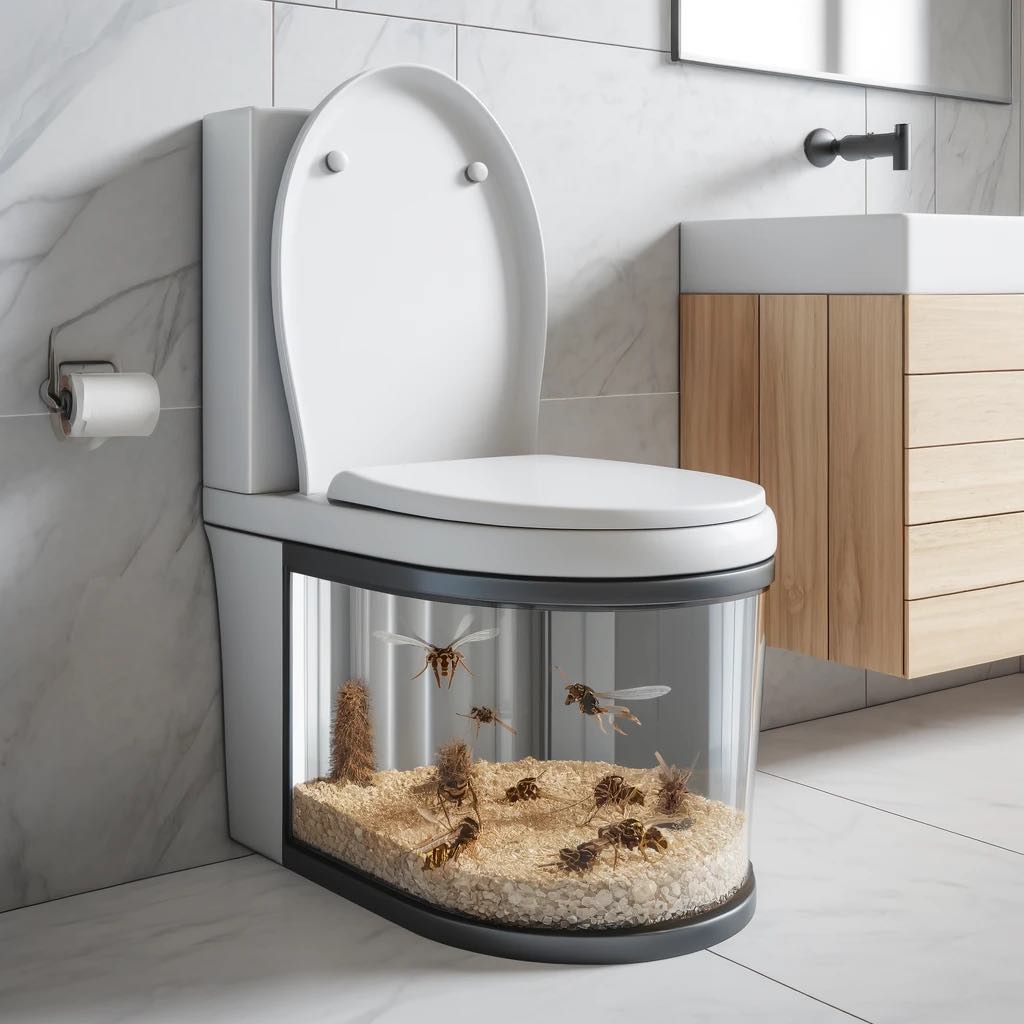
Adjustments Over Time
Adapting toilet designs and cleaning routines is crucial as vivariums evolve. Regularly assessing the efficiency of the drainage system prevents waterlogging, which can lead to mold growth. Adjusting lighting schedules based on seasonal changes mimics natural conditions, promoting animal health and breeding behaviors.
Understanding lizard behavior is essential for modifying enrichment activities. For instance, if a lizard shows signs of stress or boredom, introducing new climbing structures or hiding spots can alleviate these issues. Monitoring their activity levels and interactions with the environment helps in tailoring enrichment strategies accordingly.
Recognizing signs that indicate adjustments are needed in vivarium setups is key to ensuring animal welfare. Changes in humidity levels, abnormal shedding patterns, or reduced appetite could signal environmental imbalances. Promptly addressing these issues through adjustments in heating, lighting, or substrate choices is crucial for maintaining a thriving vivarium.
Closing Thoughts
You’ve learned how vital it is to create a suitable toilet area for your vivarium pets. By understanding their natural behaviors and needs, you can enrich their environment while maintaining cleanliness and balance. Remember, a well-maintained vivarium toilet not only benefits your pets but also contributes to the overall harmony of the ecosystem you’ve created.
Now that you have the knowledge and tools to set up and maintain a vivarium toilet, take action! Your pets will thrive in an enriched environment, and you’ll enjoy observing their natural behaviors. By implementing these practices, you’re not just caring for your animals; you’re fostering a holistic and sustainable vivarium ecosystem. Keep learning, keep exploring, and keep providing the best for your vivarium pets!
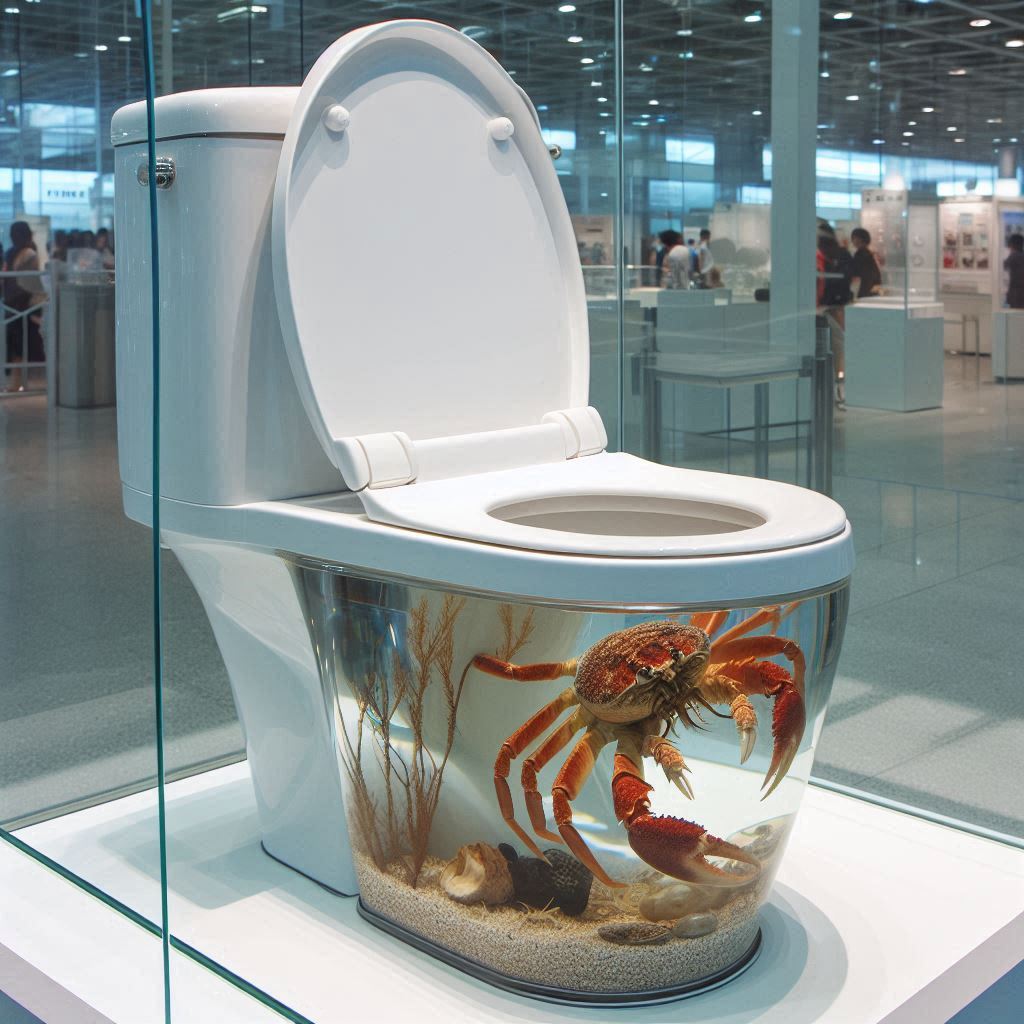
Frequently Asked Questions
How important are animal toilets in a vivarium setup?
Animal toilets in vivariums play a crucial role in maintaining cleanliness and hygiene for the animals. They help manage waste effectively, reducing odors and preventing health issues. Providing a designated toilet area also aids in creating a more natural and enriching environment for the inhabitants.
What benefits do vivarium toilets offer for animal enrichment?
Vivarium toilets serve as more than just waste management tools; they provide enrichment opportunities for animals. By mimicking their natural instincts to designate specific areas for elimination, toilets promote mental stimulation and behavioral fulfillment, contributing to overall well-being within the vivarium.
How can I set up a vivarium toilet efficiently?
Setting up a vivarium toilet involves selecting an appropriate location within the enclosure, choosing the right substrate, and ensuring easy access for the animals. By creating a designated toilet area with suitable materials and proper maintenance routines, you can establish an effective waste management system that benefits both the animals and the environment.
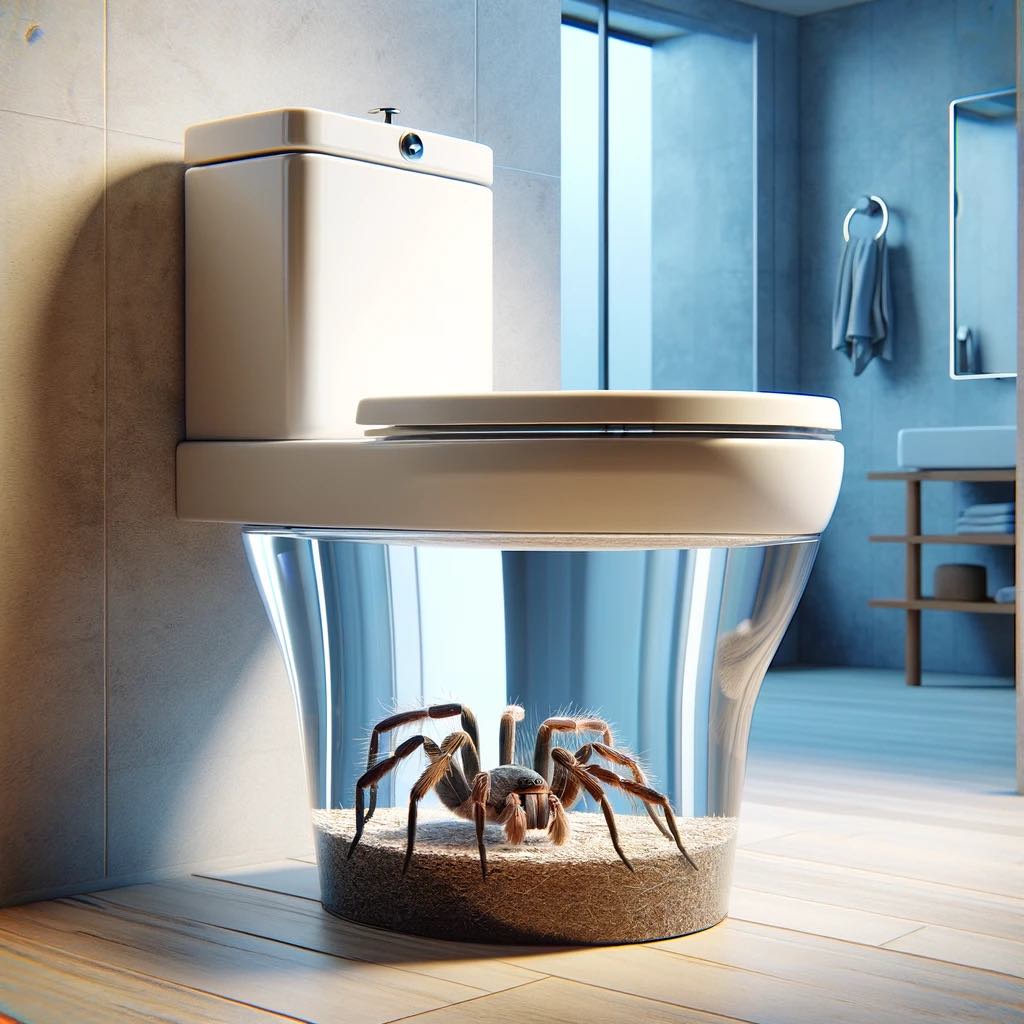
What is involved in maintaining a vivarium toilet?
Regular maintenance of a vivarium toilet includes removing waste promptly, cleaning the area thoroughly to prevent bacterial growth, and replenishing substrate as needed. Monitoring the toilet’s condition regularly ensures optimal hygiene levels within the enclosure, promoting a healthy living environment for the animals.
How can I balance natural elements with practical necessities when incorporating a toilet in my vivarium?
Balancing nature and necessity in your vivarium design involves integrating functional elements like toilets seamlessly into the habitat while prioritizing the animals’ well-being. By considering both aesthetic appeal and practicality, you can create a harmonious environment that meets the animals’ needs while enhancing their quality of life.




